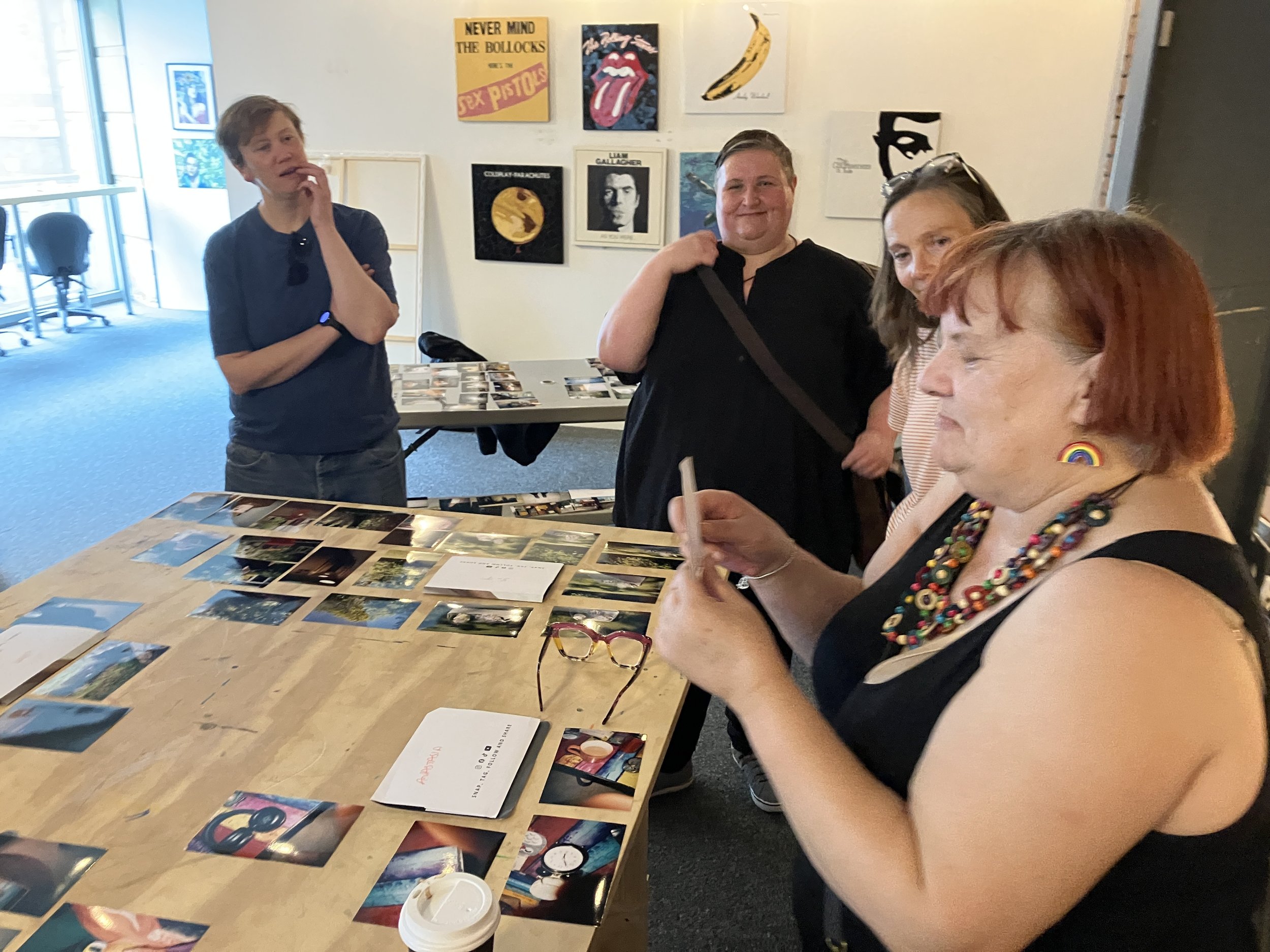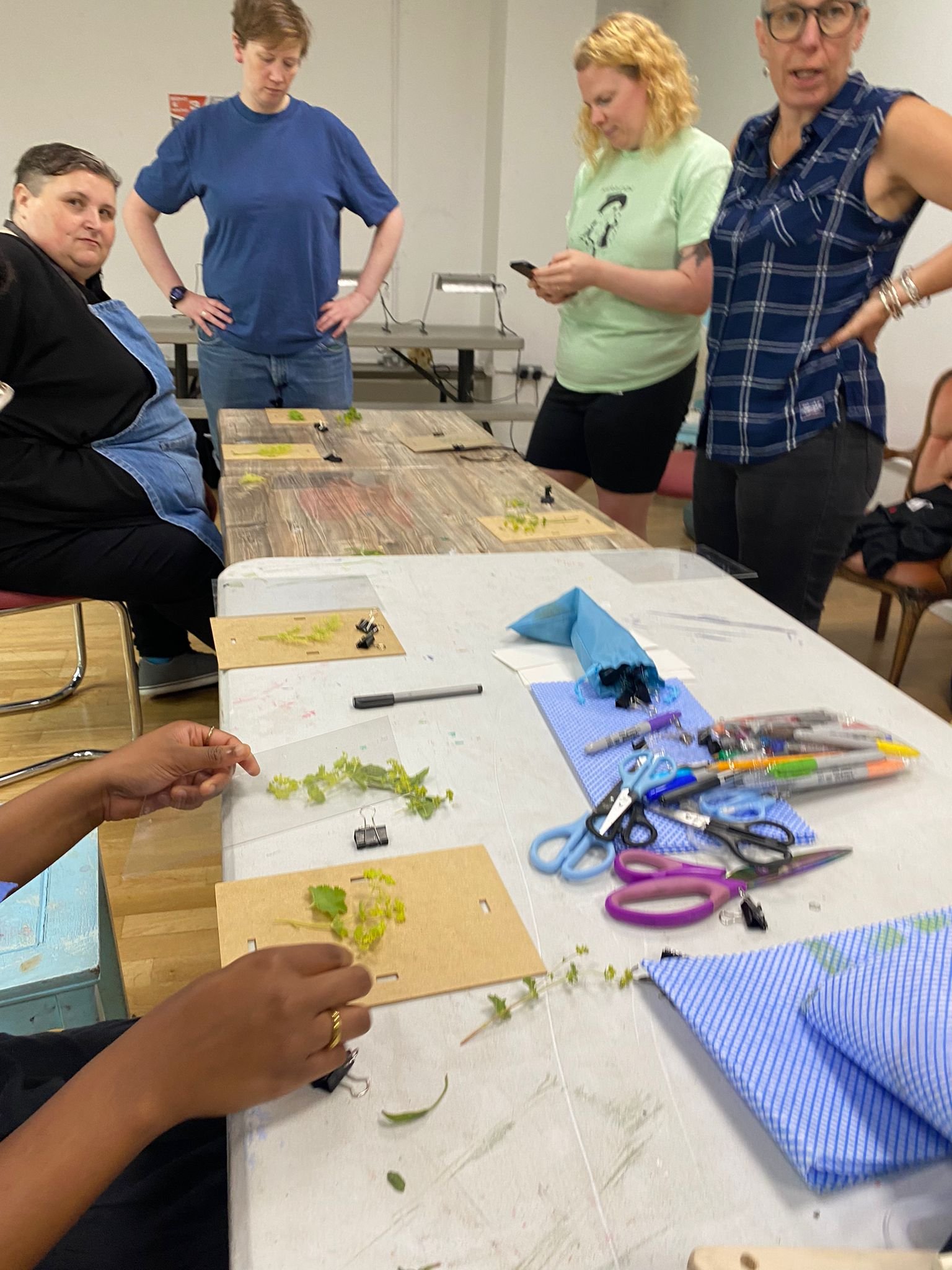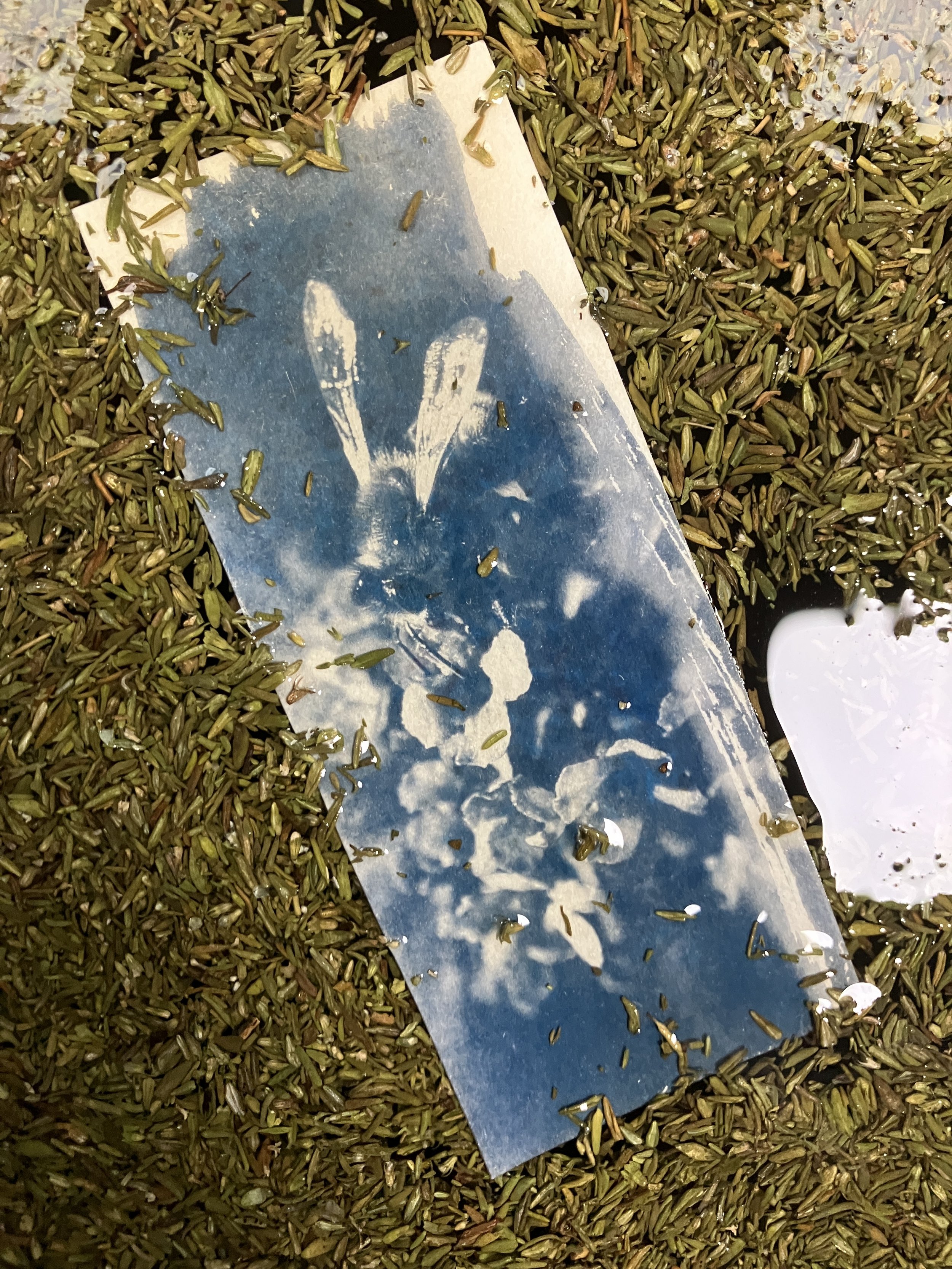




field notes: botanical toning cyanotypes, in person session
On Saturday 28 June the group and Wellcome Collection colleagues met in person at my studio space (GRIT) in central Manchester. It was great to see everyone face-to-face rather than online, which is where we’ve held the sessions since our last in-person meeting back in December.
We started with a warm up icebreaker. I’d laid out everyone’s printed photographs which had been developed from our analogue photography homework a few weeks ago (focused on documenting a day or week in the life including something related to gynae). After having a look at all the photographs, we took turns in the group to share a few reasons why we’d taken the images we had, and what story they told. Dedicating a good chunk of time to this activity really helped to build empathy and connection, but also opened up more conversations about how our lives are influenced or impacted by gynae issues and inequities. I’m not sure the discussion would have been as powerful without the visual prompts. Everyone appreciated that film photography led to a more mindful process. We then spent time individually annotating one of our favourite, or most meaningful photographs.
We then went into the main focus of the session.
In response to group conversations back in December on historical vaginal fumigation - which is still alive and kicking today - I’ve been experimenting with toning cyanotypes of relevant collection images with botanical toners. I wanted to make some more of this work, but as a collective act. This felt a powerful and important process for the group, as we felt like we were creating beauty out of shame.
Using cyanotype chemistry (I mix my own rather than buy bottles) we firstly made papers together, so that the group could take some home to make more work if they wanted. I then taught the group how to design, expose and develop their own cyanotypes using herbs we’d found in the historical recipe books for easing gynaecological complaints (rosemary, fennel, sage, lavender). Once the group had got the hang of the process, we made some bookmarks (given that we’ve been looking at so many books at the Wellcome!) And then I moved everyone onto using transparencies to create cyanotypes. I’d made and brought negatives from some of their analogue images, and also from the suitably licensed items we’d looked at in the Wellcome Collection over the last few months. I’m still trying to find a way to achieve a decent transparency without using OHP plastic, but at the moment I’ve a ton of packets to use up that I found whilst clearing the family home (Mum was a teacher), so at least I’m using up and making good use of them.
Finally, I showed the group the botanical toning process I’d been trying out (again, using influences from the recipe books) with green tea, camomile and thyme.
Working with cyanotypes is a very slow and mindful process, because of the time it takes for images to expose, develop, dry and tone. This worked well for the workshop, as there was lots of space for conversation about lived experience and the archive materials we’d found in the ‘cruising the archive’ session.
The group headed home with their prepared papers to do some more photograms themselves, and to try toning a cyanotype bookmark I’d sent in their goody boxes with some green tea at the start of this phase. The next challenge with my own creative practice and this project is to try duo and tricolour toned cyanotypes.
It was a great day of conversation and creating. The group seemed to ‘click’ more than before, and I think buddying people up as they worked on trying the process for the first time really helped. We talked, we drank tea, and we reinterpreted (and even reclaimed) the archive and historical stories through our creative efforts.
As with London, I took a care-focused approach with everyone and worked closely with our stealth trans group member (who wears a cap and a mask throughout) to ensure inclusion and suitable measures for keeping their identity hidden. This included considerations before, during and after for:
how they arrived/left the building and travelled to the workshop location without revealing their identity
reassurance on gender neutral toilet facilities
workarounds for expenses so that they don’t have to ask the Wellcome to reimburse them (their address and name can’t be revealed)
keeping the room and working areas as cool as possible and allowing enough flexibility for breaks
working with them to find a suitable solution for lunch/eating so that they didn’t feel excluded but could eat in private
agreement of no photography of them by other group members
ensuring everyone left later than they did once the workshop finished, to allow them enough time to get into their taxi and away.
————————————————————————————————————————————————————————
Images below: various process images from the session.
Images above: annotated photographs by some of the group members.
This participatory research and socially engaged project is being delivered in collaboration with the Wellcome Collection.







































